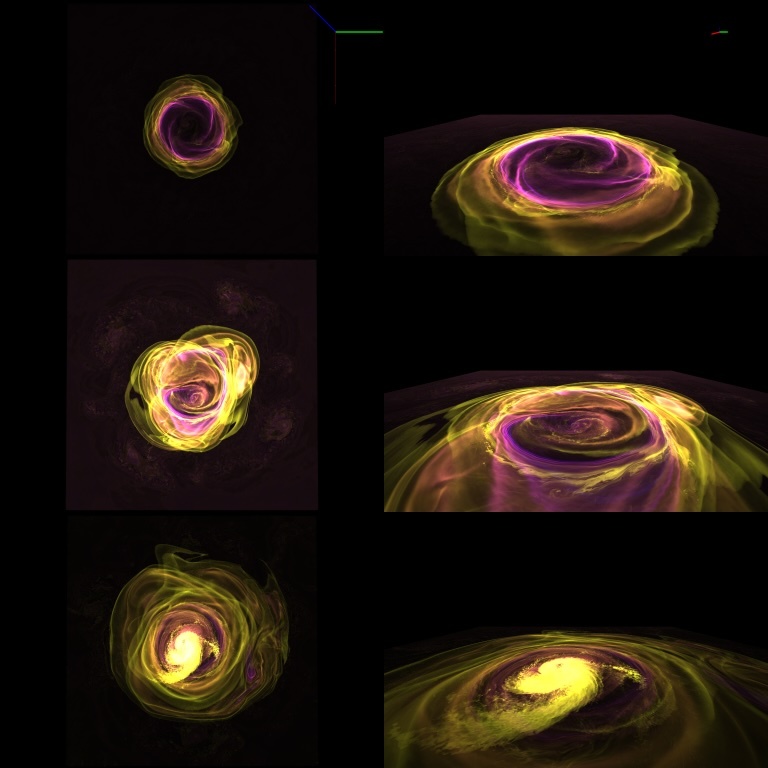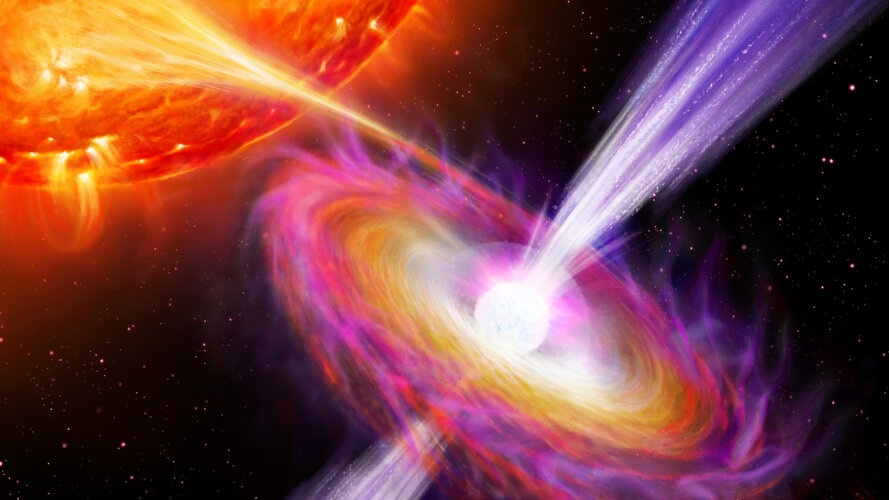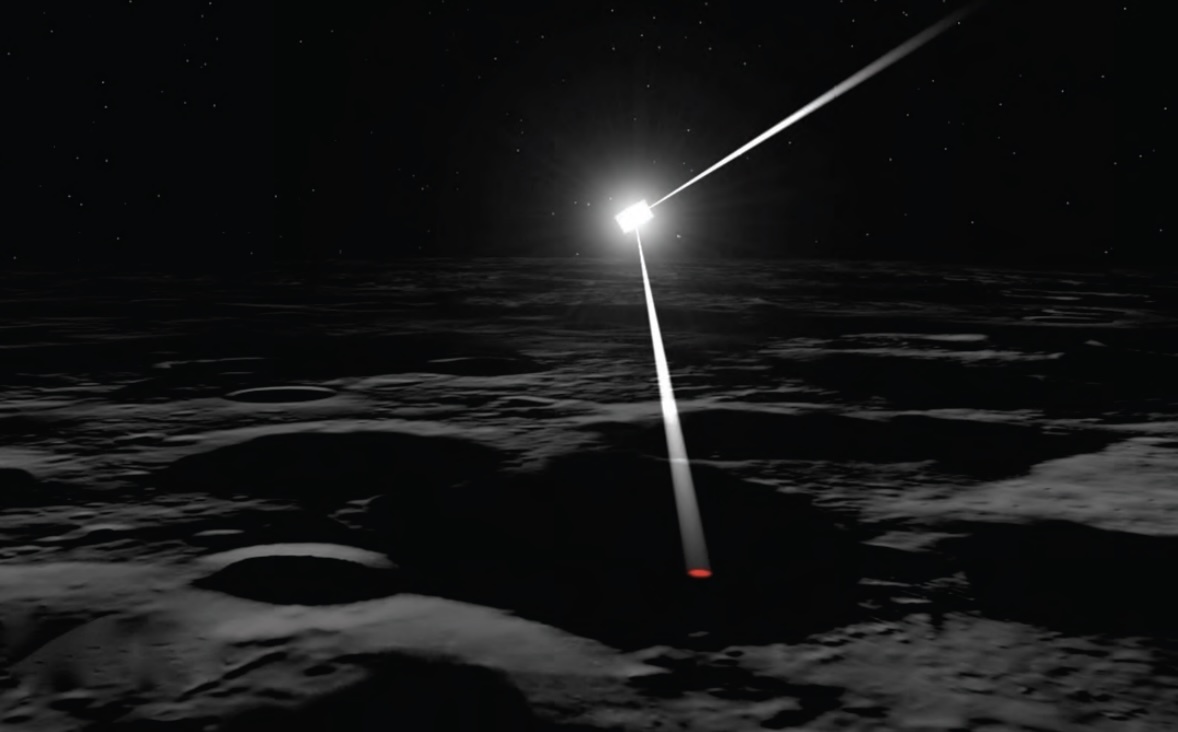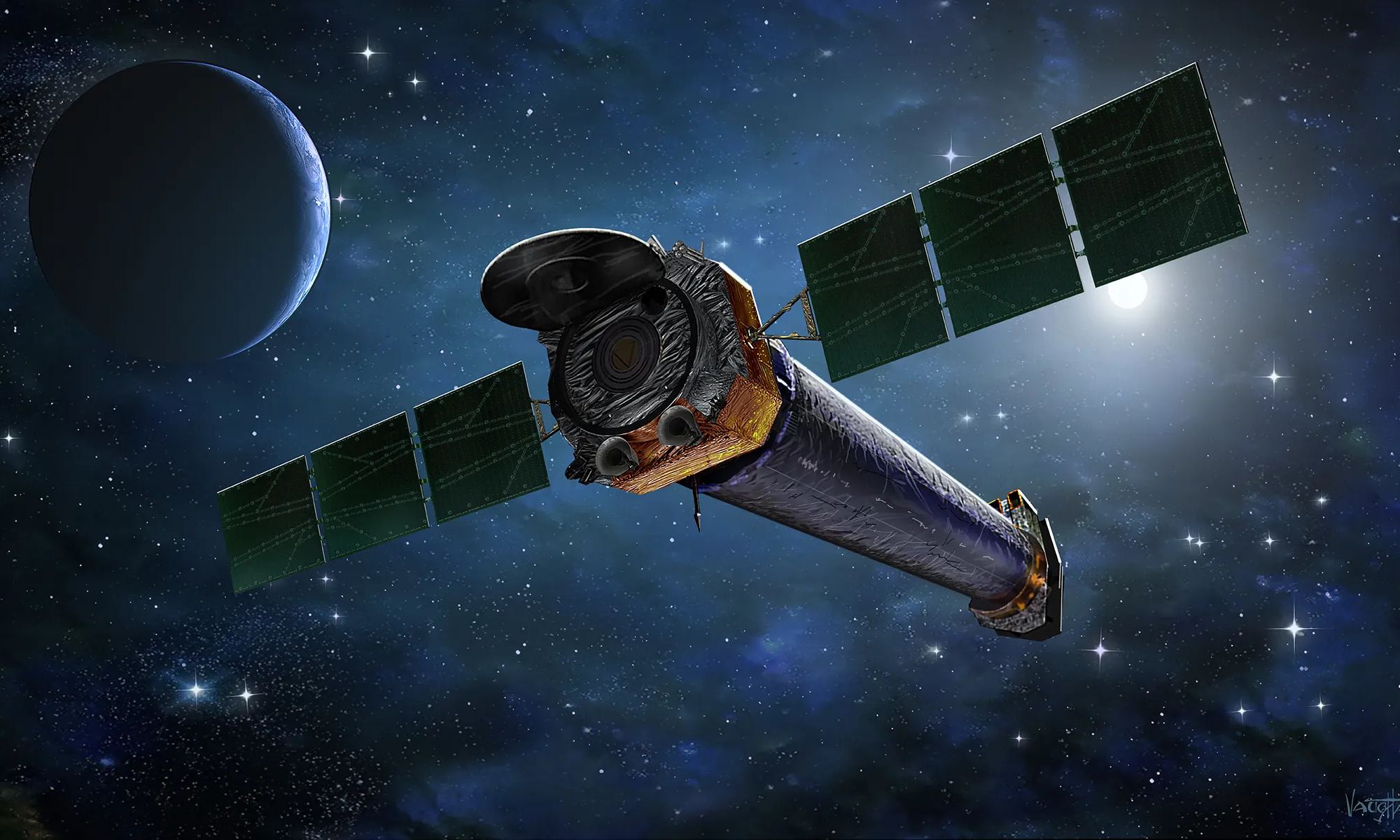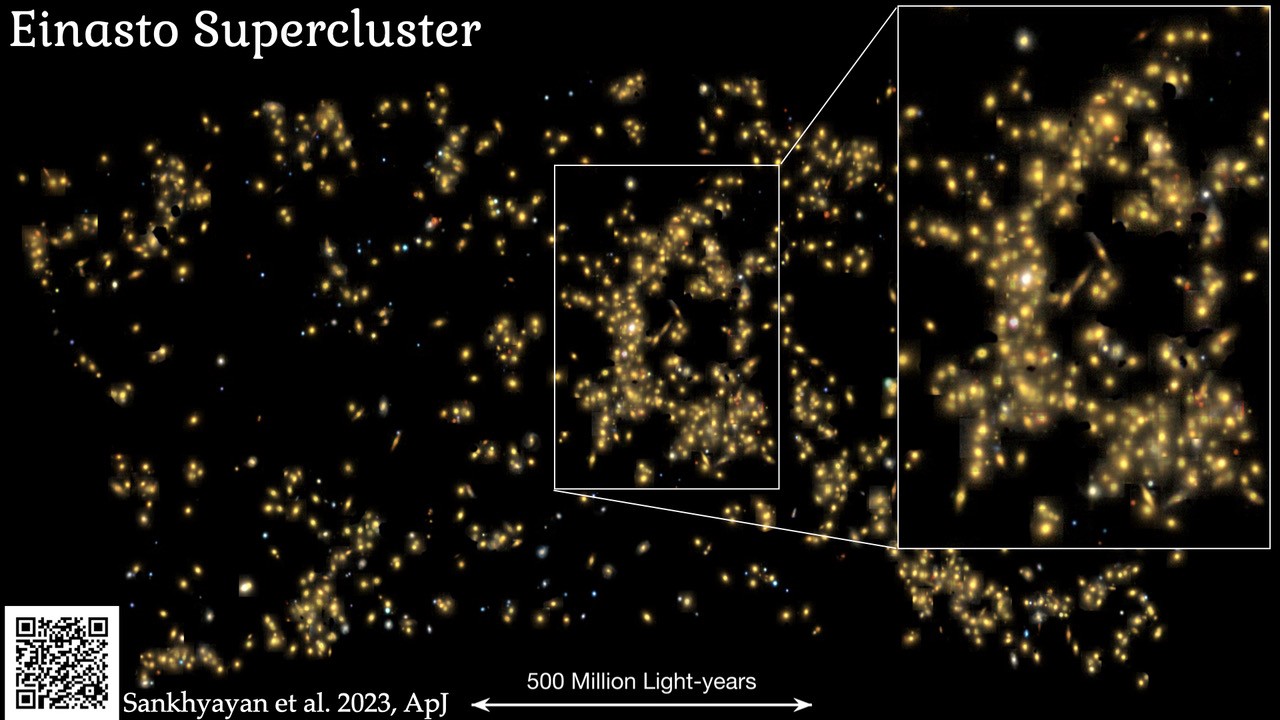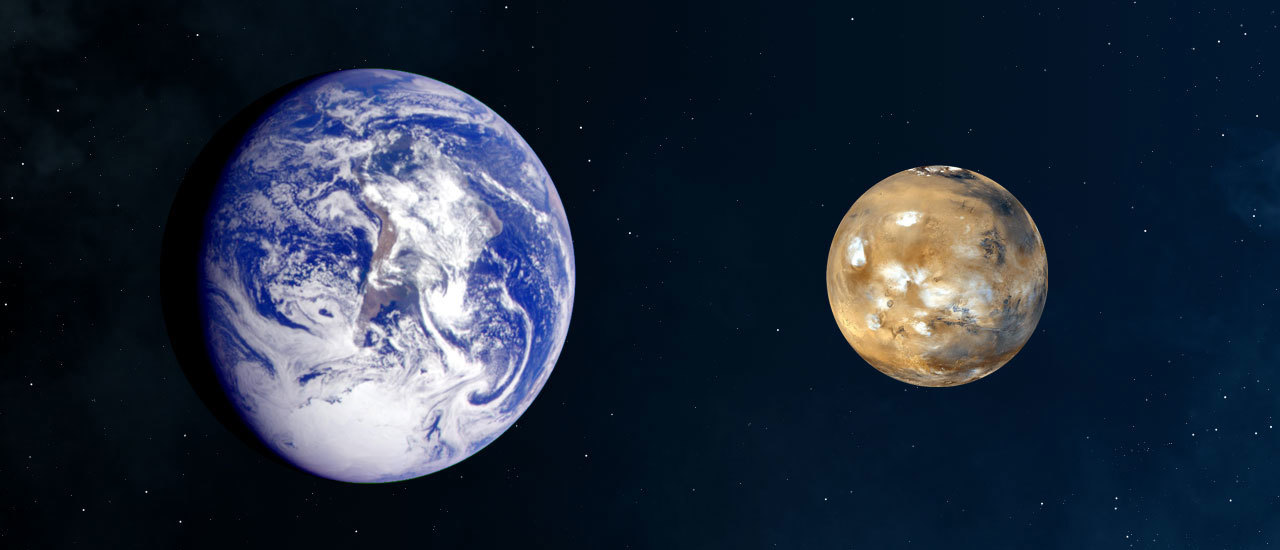Neutron stars, the remains of massive stars that have imploded and gone supernova at the end of their life, can still create massive flares. These incredible bursts of energy release X-rays that propagate through space. It is a complex process to simulate but astronomers have turned to a supercomputer to help. Modelling the twisting magnetic fields, the interaction with gas and dust, the surface of flaring neutron stars has been revealed in incredible 3D.
Continue reading “It Takes a Supercomputer to Properly Simulate a Neutron Star’s Surface”Against all Odds. Japan’s SLIM Lander Survived a Second Lunar Night Upside Down
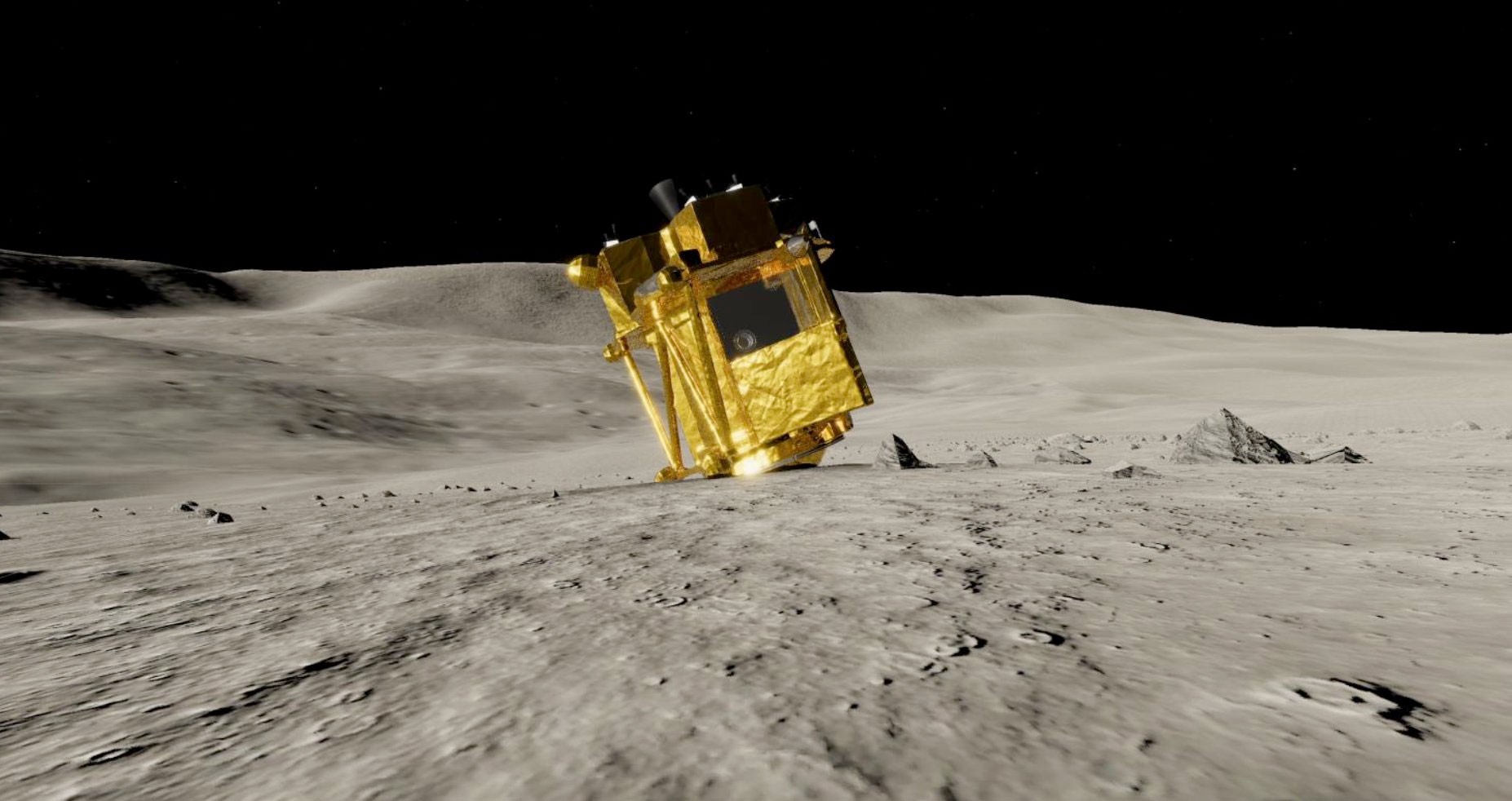
You might remember the SLIM lunar lander that managed to land upside-down! The probe from the Japanese Space Agency has survived its second night on the Moon and returns a new photograph. Despite the solar panels pointing away from the Sun during the day it was still able to capture the image and transmit to Earth. All that while surviving the harsh -130C lunar night.
Continue reading “Against all Odds. Japan’s SLIM Lander Survived a Second Lunar Night Upside Down”The Search for the Perfect Coronagraph to Find Earth 2.0
Studying exoplanets is made more difficult by the light from the host star. Coronagraphs are devices that block out the star light and both JWST and Nancy Grace Roman Telescope are equipped with them. Current coronagraphs are not quite capable of seeing other Earths but work is underway to push the limits of technology and even science for a new, more advanced device. A new paper explores the quantum techniques that may one day allow us to make such observations.
Continue reading “The Search for the Perfect Coronagraph to Find Earth 2.0”Neutron Stars are Jetting Material Away at 40% the Speed of Light
It’s a well known fact that black holes absorb anything that falls into them. Often before material ‘vanishes’ inside it forms into an accretion disk around them. Like the progenitor stars, the black holes have powerful magnetic fields and these can generate jets that blast away from the black hole. A similar process occurs in neutron stars that are orbiting other stars and recent observations holes have shown that some material in the jets travel at speeds 35-40% the speed of light.
Continue reading “Neutron Stars are Jetting Material Away at 40% the Speed of Light”Webb Finds Deep Space Alcohol and Chemicals in Newly Forming Planetary
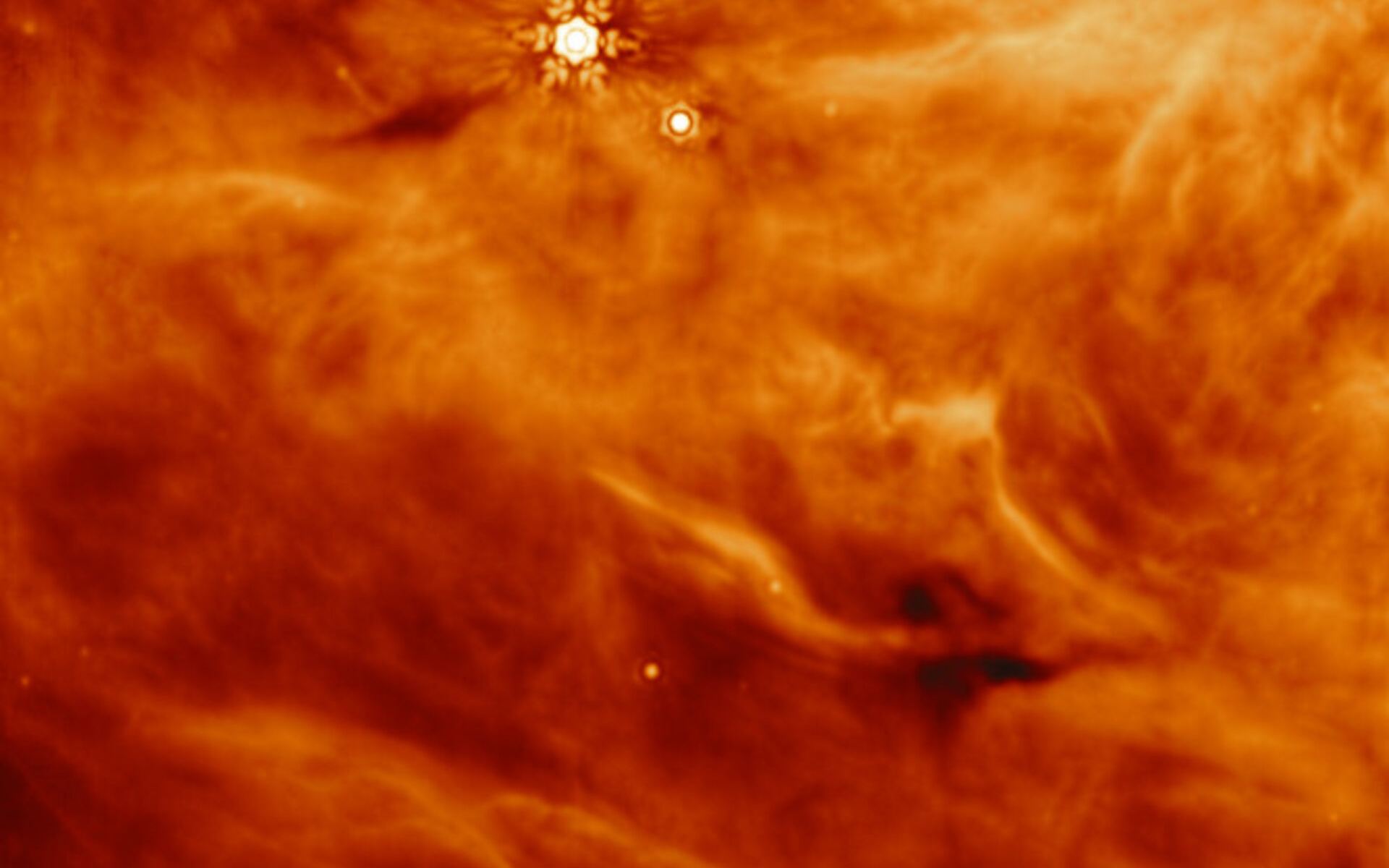
Since its launch in 2021, the James Webb Space Telescope (JWST) has made some amazing discoveries. Recent observations have found a number of key ingredients required for life in young proto-stars where planetary formation is imminent. Chemicals like methane, acetic acid and ethanol have been detected in interstellar ice. Previous telescopic observations have only hinted at their presence as a warm gas. Not only have they been detected but a team of scientists have synthesised some of them in a lab.
Continue reading “Webb Finds Deep Space Alcohol and Chemicals in Newly Forming Planetary “Mercury is the Perfect Destination for a Solar Sail
Solar sails rely upon pressure exerted by sunlight on large surfaces. Get the sail closer to the Sun and not surprisingly efficiency increases. A proposed new mission called Mercury Scout aims to take advantage of this to explore Mercury. The mission will map the Mercurian surface down to a resolution of 1 meter and, using the highly reflective sail surface to illuminate shadowed craters, could hunt for water deposits.
Continue reading “Mercury is the Perfect Destination for a Solar Sail”China’s Next Lunar Relay Satellite Blasts Off
Communication between spacecraft relies upon line of site technology, if anything is in the way, communication isn’t possible. Exploration of the far side of the Moon is a great example where future explorers would be unable to communicate directly with Earth. The only way around this is to use relay satellites and the Chinese Space Agency is on the case. The first Queqiao-1 was able to co-ordinate communications with Chang’e-4 landers and now they are sending Queqiao-2 to support the Change’e-6 mission.
Continue reading “China’s Next Lunar Relay Satellite Blasts Off”NASA is Planning to Shut Down One of the Great Observatories to Save Money
The US Government budget announcement in March left NASA with two billion dollars less than it asked for. The weeks that followed have left NASA with some difficult decisions forcing cuts across the agency. There will be a number of cuts across the agency but one recent decision came as quite a shock to the scientific community. NASA have just announced they are no longer going to support the Chandra X-Ray Observatory which has been operational since 1999 and made countless discoveries.
Continue reading “NASA is Planning to Shut Down One of the Great Observatories to Save Money”Astronomers Find the Most Massive Supercluster to Date
The Earth’s place in space is a fairly familiar one with it orbiting an average star. The star – our Sun – orbits the centre of our Galaxy the Milky Way. From here onwards, the story is less well known. The Milky Way is part of a large structure called the Laniakea Supercluster which is 250 million light years across! That really is a whacking great area of space and it contains at least 100,000 galaxies. There are larger superclusters though like the newly discovered Einasto Supercluster which measures an incredible 360 million light years across and is home to 26 quadrillion stars!
Continue reading “Astronomers Find the Most Massive Supercluster to Date”Gravity From Mars has an Effect on Earth’s Oceans
We are all too familiar of the Moon’s effect on our planet. It’s relentless tug causes our tides but even Mars, which is always at least 55 million kilometres away, can have a subtle effect too. A study has revealed a 2.4 million year cycle in the geological records that show the gentle warming and cooling of our oceans. The records match the interactions between the orbits of Earth and Mars over the longest timescales. These are known as the ‘astronomical grand cycles’ but to date, not much evidence has been found.
Continue reading “Gravity From Mars has an Effect on Earth’s Oceans”
